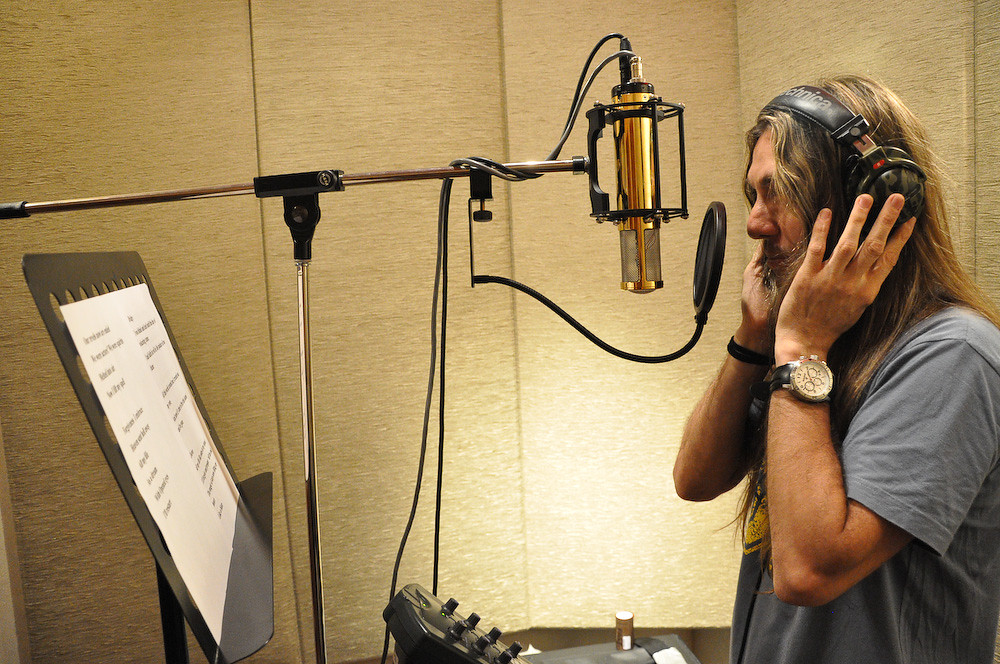
Recording vocals is a critical part of music production, and it requires careful consideration of various factors to achieve the best possible sound. The following are some basic principles that you should keep in mind when recording vocals:
1. Microphone selection:
The choice of microphone can significantly affect the quality of the recorded vocals. Generally, condenser microphones are the preferred option for recording vocals due to their ability to capture detailed and sensitive sound. Dynamic microphones can also be used, especially for loud or high-energy performances.
2. Microphone placement:
The placement of the microphone relative to the singer can have a significant impact on the sound quality. Ideally, the microphone should be placed about six inches away from the singer’s mouth, slightly off-axis to prevent plosives and sibilance from overwhelming the recording.
3. Room acoustics:
The acoustic characteristics of the recording environment can significantly affect the quality of the recorded vocals. Ideally, the room should be treated with acoustic panels or foam to reduce reflections and echoes. But if the room is not treated well, then vocal booth can be used as an alternative. Vocal booths are often used in professional recording studios, but they can also be set up at home or in smaller recording spaces. A vocal booth is a small soundproof room used for recording vocals or other sound sources in a controlled acoustic environment. Vocal booths are designed to eliminate unwanted external noises, such as street noise or other sounds from other rooms or equipment, that can interfere with the quality of the recording. Vocal booths are typically lined with acoustic foam, panels, or other sound-absorbing materials to reduce the reflections of sound waves and minimize unwanted reverb and echoes.

4. Preamp and signal chain:
A high-quality preamp can help to capture the full dynamic range and tonal characteristics of the singer’s voice. It is also essential to ensure that the signal chain, including the microphone, preamp, and recording device, is of high quality to maintain signal integrity.
5. Performance:
A good vocal performance is essential for achieving a high-quality recording. It is important to ensure that the singer is comfortable, well-rehearsed, and in the right frame of mind to deliver an excellent performance.
6. Monitoring:
The singer must be able to hear themselves clearly while recording to ensure that they can perform at their best. It is essential to use high-quality headphones with flat frequency response to achieve accurate monitoring.
7. Post-processing:
After the recording is complete, it may be necessary to perform some post-processing to achieve the desired sound. This may include EQ, compression, and other effects to enhance the recording.
By keeping these principles in mind, you can achieve high-quality vocal recordings that accurately capture the essence and emotion of the singer’s performance.











































































































